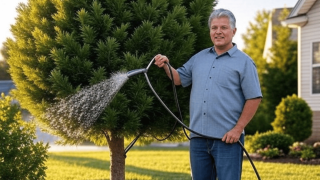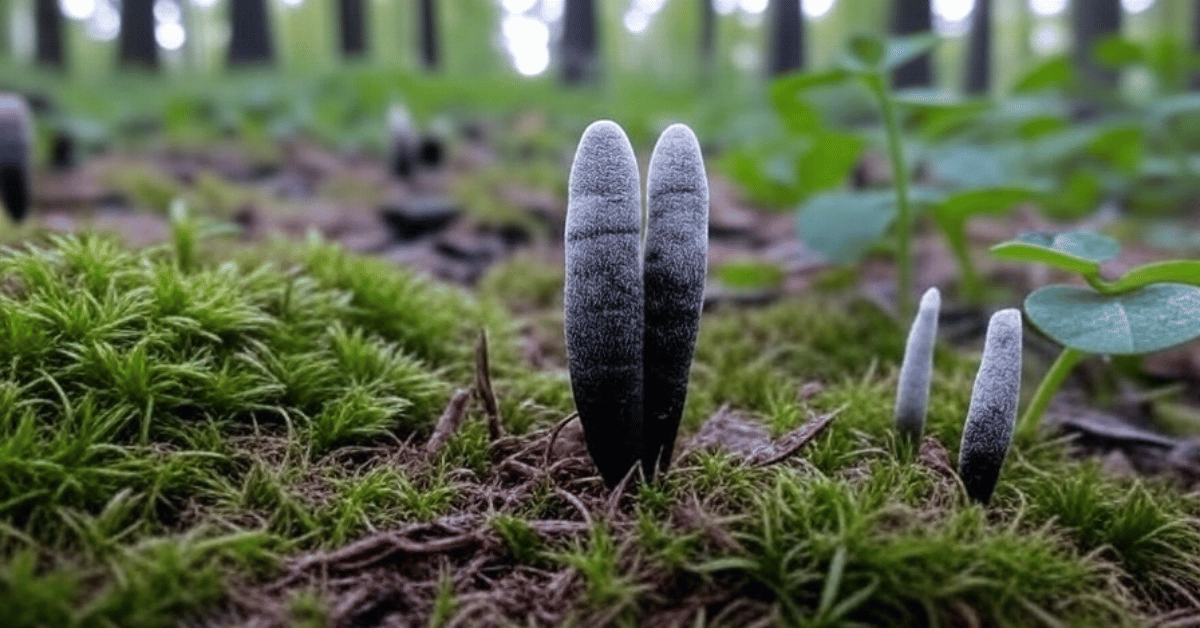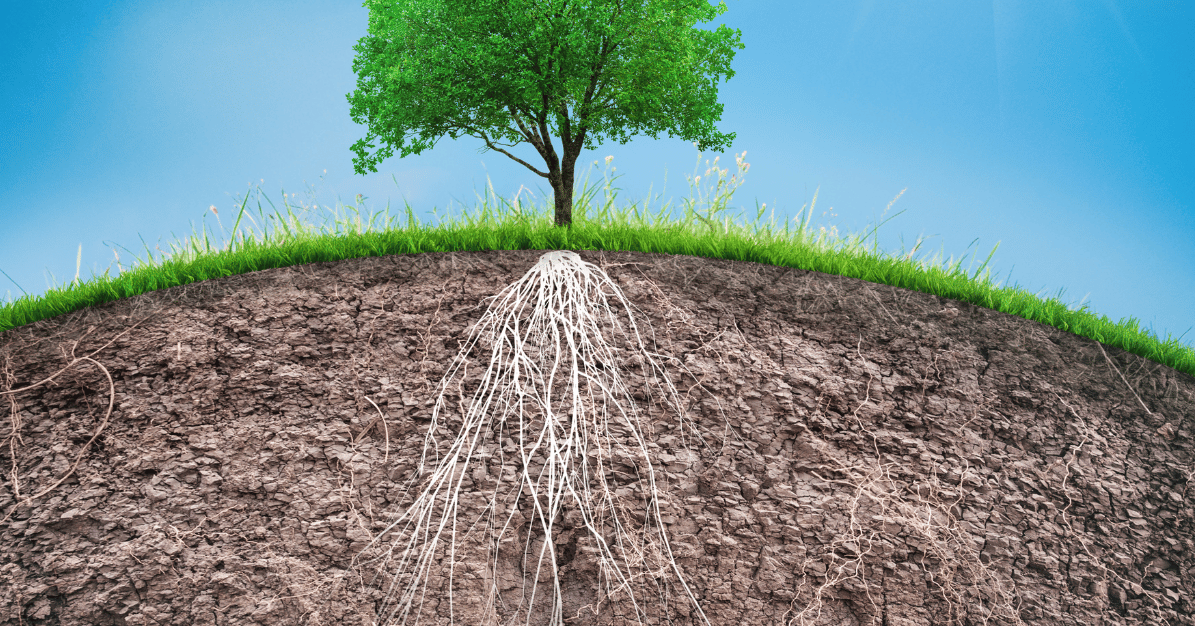Water is life for trees. But too much or too little can cause serious problems. As certified arborists at Strobert Tree Services, we often get asked: “How much water does a tree need?” The answer depends on many things—tree age, soil type, season, and weather.
This simple guide breaks it all down. We’ll show you how to recognize watering issues, when and how often to water, and what tools to use. Let’s help your trees grow strong and stay healthy.
Recognizing Watering Issues
The first step is knowing when your tree is thirsty—or drowning. Look for signs.
Too Little Water:
- Wilted or curling leaves
- Early leaf drop
- Dry or cracked soil
- Slow growth
Too Much Water:
- Yellowing leaves
- Root rot (soft roots, foul smell)
- Mushy soil
- Fungal growth at the base
If you see any of these signs, take action fast. Watering problems can lead to pests, disease, or even tree death.
Timing and Frequency of Watering
Watering trees at the right time and frequency is key to healthy growth. During the establishment period, trees need a moist environment to help the root ball settle and expand. Early morning is the best time to water because it reduces evaporation and gives roots time to absorb moisture.
Deep root watering encourages stronger roots and prevents surface drying. Weekly irrigation is usually enough, but during drought or extreme heat, young trees may need more. Infrequent watering is better for mature trees, allowing the soil volume to fully absorb and retain moisture.
Overwatering or using rotary sprinkler head systems incorrectly can lead to root damage, rot, or even canopy dieback. Each tree is different, but the goal is to water deeply and let the soil rest. This keeps roots healthy, avoids stress, and prevents long-term issues.
| Tree Age | Watering Frequency | Best Time to Water |
| Newly Planted (0-2 Years) | Every 2-3 day (first month,) then once a week. | Early morning |
| Young (2-5 Years) | Once a week (more in hot dry weather) | Early morning |
| Mature (5+ Years) | Every 2-4 weeks (adjust for drought) | Early morning |
Scientific and Practical Aspects of Watering
When it comes to watering trees, there’s a balance between science and common sense.
Scientifically, trees need deep and infrequent watering to support deep root watering and help the root ball expand. Shallow or daily watering doesn’t reach the tertiary roots, which are vital for long-term health.
Practically, that means soaking the soil enough so moisture reaches 12–18 inches deep, then letting it dry slightly before watering again. This helps prevent problems like canopy dieback, especially in cooler hardiness zones where water doesn’t evaporate as quickly. Weekly irrigation is usually enough for most trees, but you’ll need to adjust depending on trunk diameter, soil moisture, and weather.
A new tree in the early stages of tree establishment needs more frequent care than a mature one. Adding an organic mulch ring helps hold moisture and protects the trunk, but it should never touch the bark. Watch out for double leaders or weak structure—both can be signs of stress from improper watering. Smart watering keeps your tree strong, stable, and ready for each season.
Watering Requirements for Different Tree Ages
Trees need different care at each stage of life. Let’s break it down.
- Newly Planted Trees:
These need the most care. Their roots are small and don’t spread far. Water every 2–3 days for the first month. After that, water weekly during the first growing season.
Tip: Create a small berm (soil ring) around the base to hold water in.
2. Young Trees (1–5 years):
Roots are growing and expanding. These trees need weekly deep watering. Skip light sprinklings—they don’t reach deep roots.
3. Mature Trees (5+ years):
Established trees don’t need as much water—unless there’s a drought. One deep watering every 3–4 weeks is usually enough.
Bonus tip: Even old trees can suffer during hot summers. Don’t ignore them!
Watering Techniques and Tools
There are many ways to water a tree. Some work better than others.
- Soaker Hoses:
Lay them in a spiral around the tree. They provide slow, even water that soaks deep into the soil.
2. Tree Gators or Watering Bags:
Great for young trees. Fill the bag and it slowly releases water over hours.
3. Hose and Sprinkler:
Fine if you watch the time. Run for 30–60 minutes for deep watering. Avoid fast flows that cause runoff.
4. Drip Irrigation Systems:
These are efficient and automatic. Ideal for homeowners with many trees or busy schedules.
5. Buckets or Manual Watering:
Okay for small trees. Drill holes in a 5-gallon bucket and let it drain slowly.
No matter the method, make sure water reaches the root zone. That’s where it counts.
When in Doubt, Test the Soil
Don’t guess—check the soil. Stick a screwdriver or soil probe 6–8 inches down. If it’s hard to push in, it’s too dry. If it’s soggy or water pools at the top, it’s too wet.
Your goal is moist, not muddy.
Call Strobert Tree Services for Expert Tree Care
Watering is just one part of keeping your tree healthy. Tree care also includes pruning, pest control, and disease prevention. If your tree shows signs of stress or if you're dealing with issues like trunk cracks, dead branches, or poor soil moisture, it might need more than just water.
Strobert Tree Services has certified arborists who understand everything from tree establishment to managing double leaders and canopy dieback.
We help homeowners across Delaware, Pennsylvania, and New Jersey with expert services like tree pruning, stump grinding, and health assessments. Whether you're wondering how much water a tree needs or how to protect roots in cooler hardiness zones, we can help.
Don’t guess when it comes to deep root watering or creating the right organic mulch ring—call us at 1-800-TREE-SERVICE. Let’s make sure your trees stay strong, safe, and thriving all year long.











